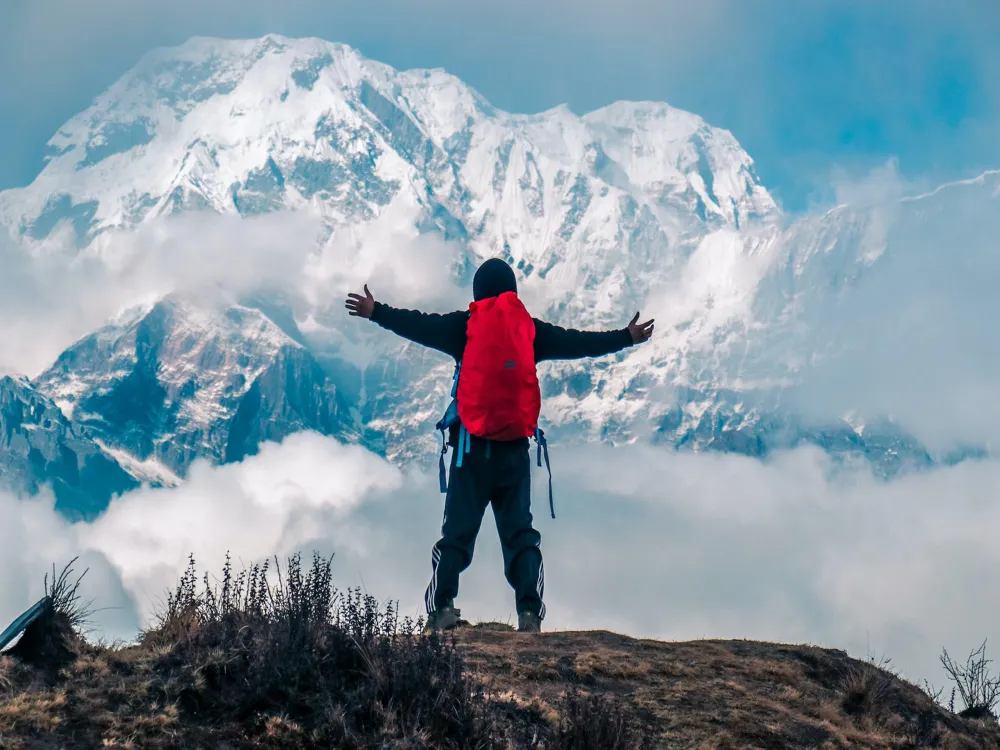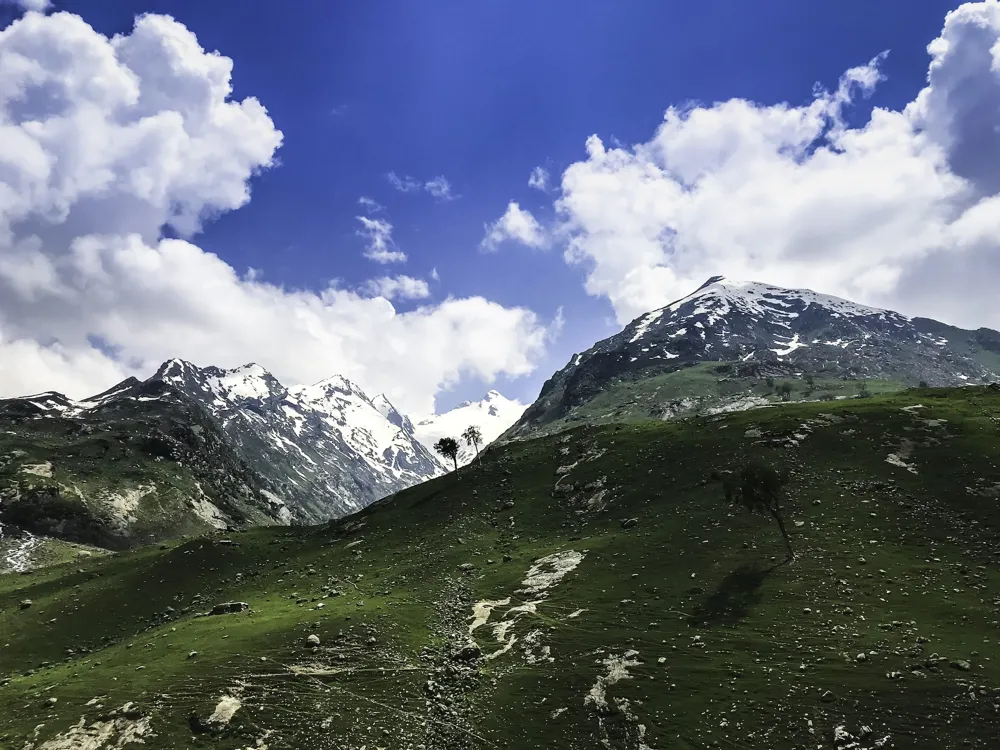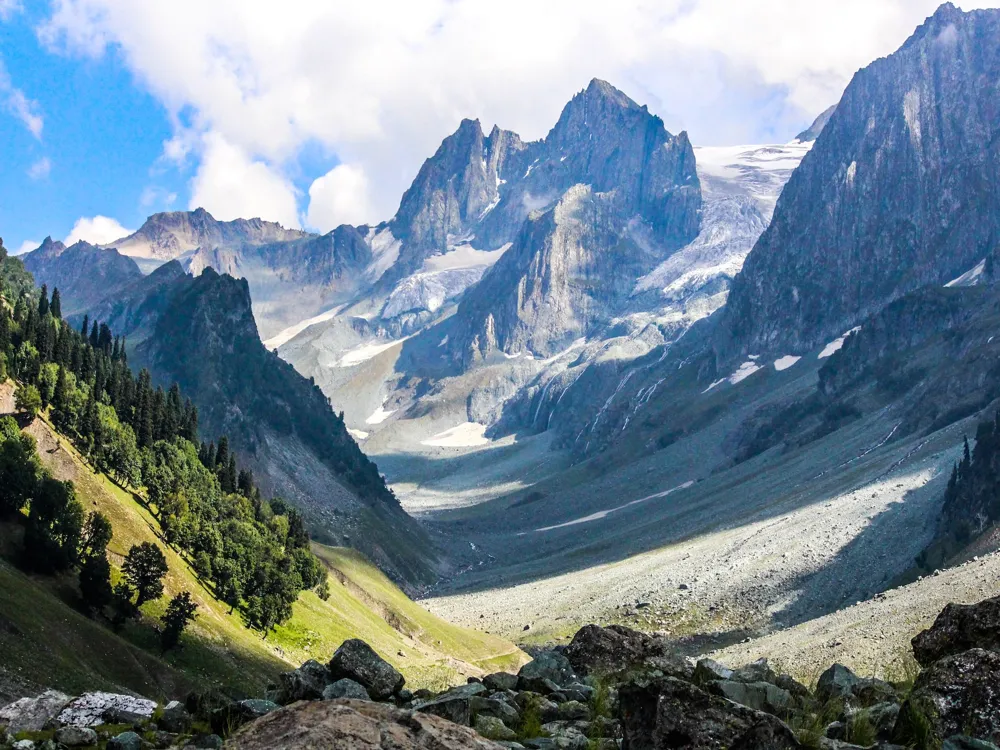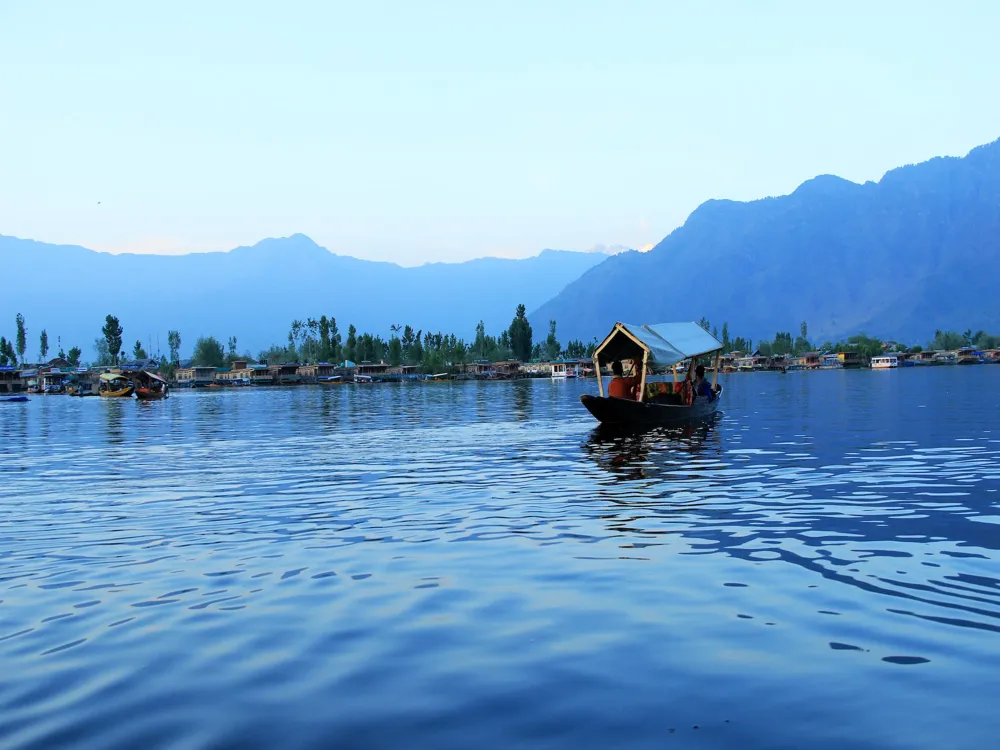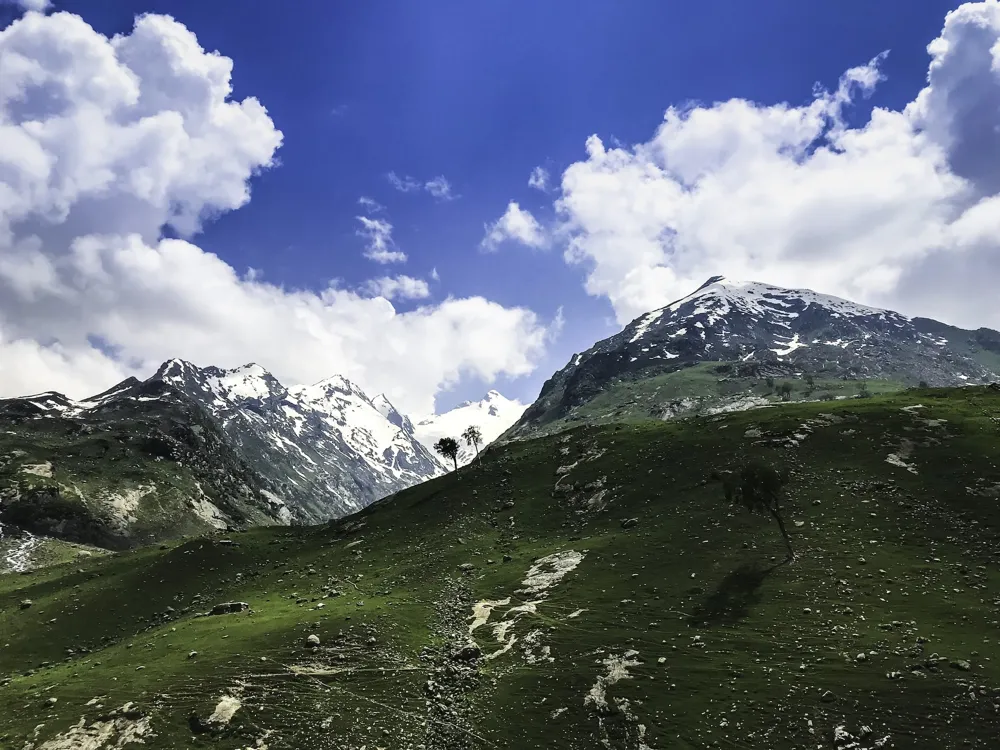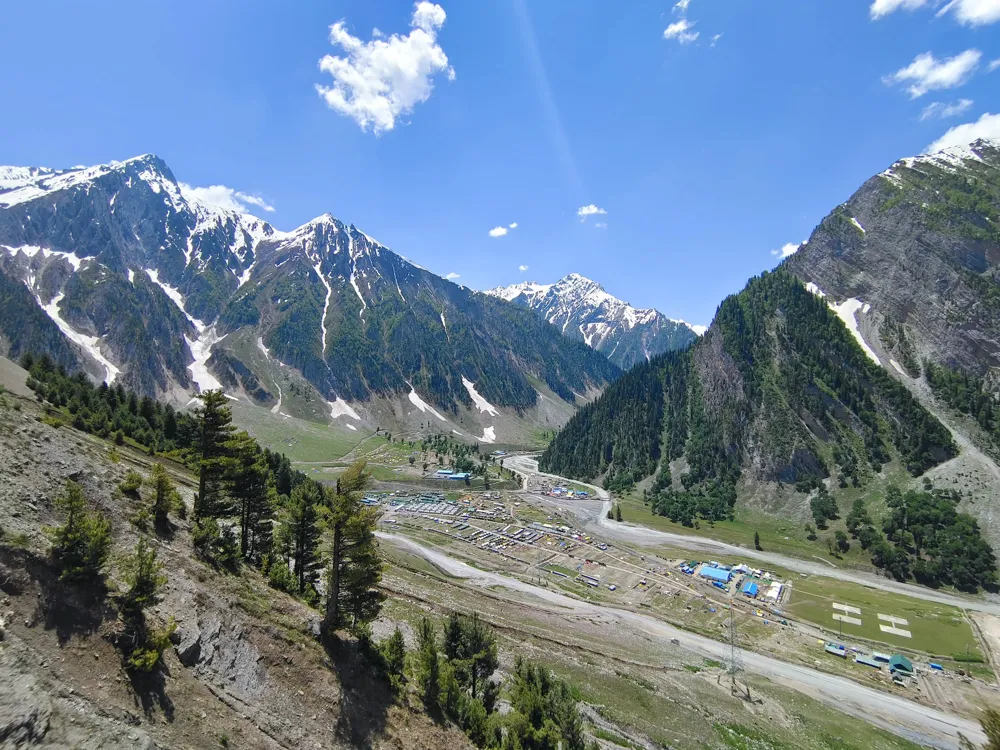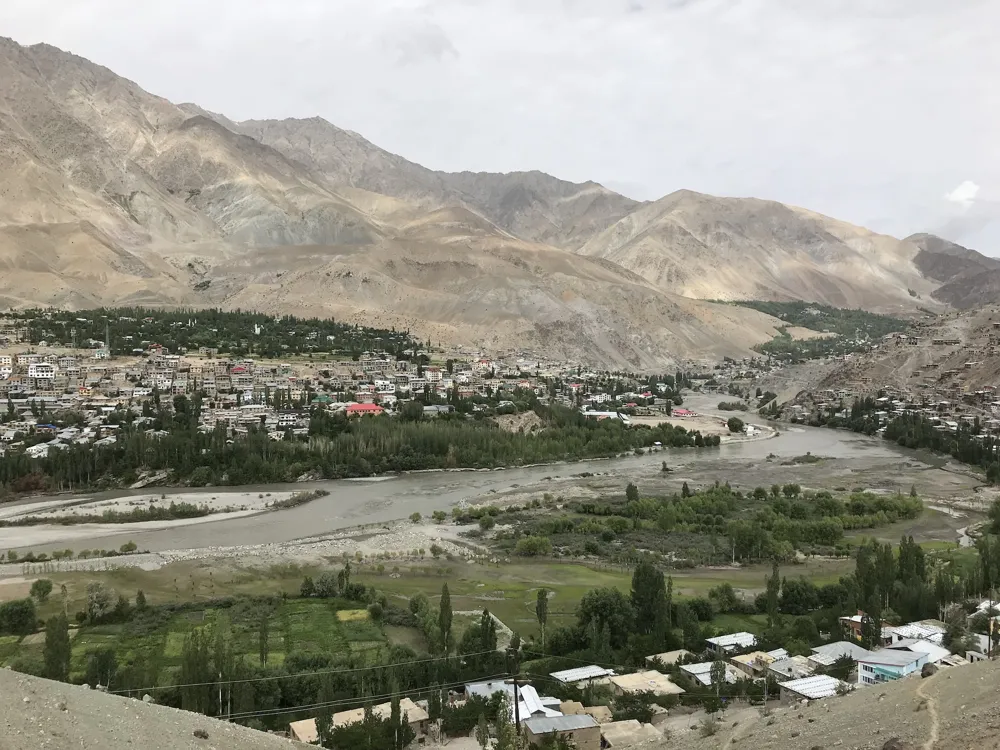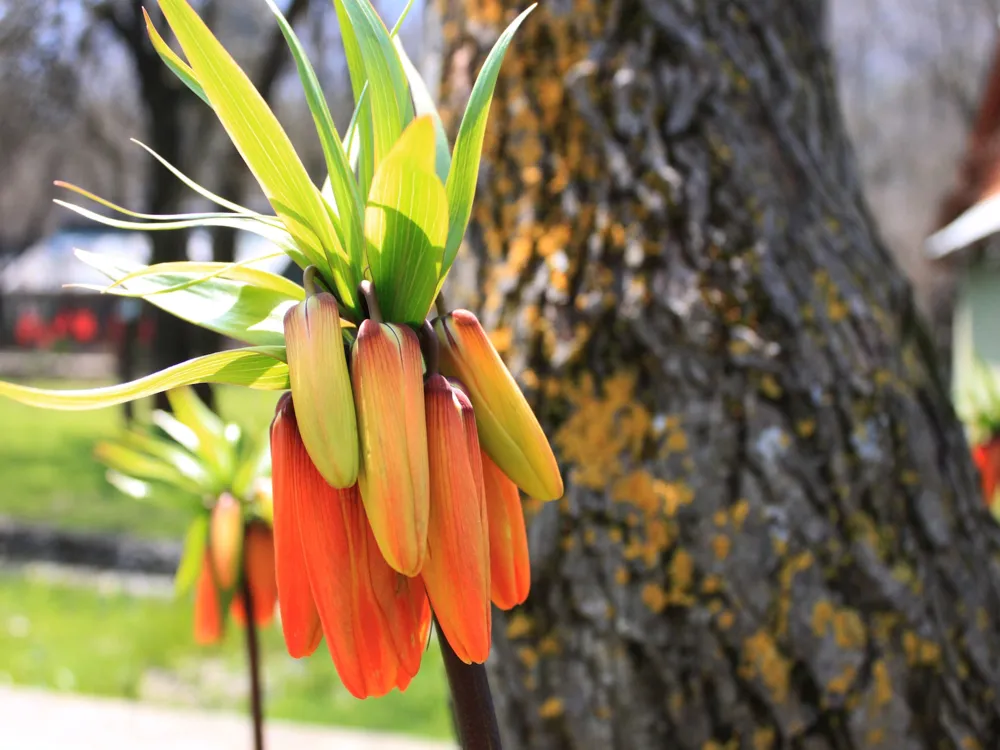The Trek to Saliskote is a mesmerizing journey through the heart of the Dras Valley, known for its breathtaking landscapes and rich cultural heritage. This trek is not just a physical journey, but a passage through time, offering insights into the natural and cultural tapestry of the region. The trail to Saliskote is a blend of challenging terrains, serene meadows, and panoramic views, making it a must-visit destination for adventure enthusiasts and nature lovers alike. The trek begins in the small town of Dras, famously known as the 'Gateway to Ladakh'. Dras, with its unique geographical and climatic conditions, is often regarded as one of the coldest inhabited places in India. The journey from Dras to Saliskote unveils a series of landscapes that are as diverse as they are stunning. From lush green valleys dotted with vibrant wildflowers to rocky terrains shadowed by towering peaks, each step of this trek is a new revelation. One of the most captivating aspects of the trek is its historical significance. The region has been a silent witness to many historical events, and the trails are imbued with stories of the past. The trek to Saliskote is not just about the physical landscape, but also about the layers of history and culture that it encapsulates. It’s a journey that connects you with the soul of the Dras Valley, its people, and their stories. As trekkers ascend towards Saliskote, they are greeted by the majesty of the Himalayas. The final stretch of the trek is a test of endurance and will, but the reward is the unparalleled beauty of Saliskote. Nestled amidst the mountains, Saliskote is a haven of tranquility. The feeling of standing at Saliskote, surrounded by the majestic peaks and overlooking the valley below, is an experience beyond words. It’s a place where nature’s grandeur is in its purest form, a sight that imprints itself in one’s memory forever. The architecture of the Trek to Saliskote is not defined by man-made structures but by the intricate designs of nature itself. The path traverses through varied terrains, each with its unique geological formations and ecological characteristics. The trek is a showcase of nature’s architectural brilliance, from the rolling meadows adorned with a myriad of flowers to the rugged mountains that stand as guardians of the valley. The changing landscapes along the trek are a testament to the geological history of the region. The sedimentary rock formations, carved and sculpted by centuries of weathering, tell a story of the earth’s past. These natural structures, coupled with the diverse flora and fauna, create a setting that is both surreal and grounding. The trek also offers a glimpse into the architectural heritage of the local communities. The traditional Ladakhi houses, made of sun-baked bricks and wooden carvings, are a sight to behold. These houses, with their flat roofs and white-washed walls, are a reflection of the ingenuity and resourcefulness of the local people, who have adapted their architectural styles to the harsh climatic conditions of the region. Another architectural highlight of the trek is the ancient monasteries that dot the landscape. These monasteries, some of which date back to the 11th century, are marvels of Buddhist architecture. They are adorned with intricate murals, thangkas, and statues, each telling a story of the Buddhist philosophy and the rich cultural heritage of the region. 1. Acclimatization: Given the high altitude, it's crucial to acclimatize properly to avoid altitude sickness. Spend a few days in Dras or a similar altitude before starting the trek. 2. Physical Fitness: The trek can be challenging, so ensure you're in good physical condition. Engage in cardio exercises and strength training months before the trek. 3. Research: Familiarize yourself with the trek route, weather conditions, and local culture. This knowledge will enrich your experience and ensure a safe journey. 1. Clothing: Pack layers of clothing to adapt to the unpredictable weather. Include thermal wear, fleece jackets, waterproof outer layers, and good quality trekking shoes. 2. Gear: Essential gear includes a sturdy backpack, trekking poles, sleeping bag, and a first-aid kit. Also, carry a map, compass, and a GPS device if possible. 3. Food and Water: Carry enough high-energy food and water purification tablets. While there are water sources on the route, it’s safer to purify the water before drinking. 1. Stay Hydrated: Drink plenty of water to stay hydrated. Avoid alcohol and caffeine as they can dehydrate you and exacerbate altitude sickness. 2. Respect Nature: Keep the environment clean. Carry back all your trash and avoid disturbing the wildlife. 3. Interact with Locals: Engaging with the local community can be a rewarding experience. Respect their customs and traditions. The starting point of the Trek to Saliskote is Dras, which can be accessed by various means of transportation. The nearest major city is Srinagar, approximately 141 kilometers away. From Srinagar, one can hire a taxi or take a bus to reach Dras. For those preferring air travel, the nearest airport is in Srinagar. Once in Dras, you can either join a guided trekking group or embark on the trek independently, ensuring that all necessary permissions and guides are arranged for a safe journey. Read More:Overview of Trek to Saliskote
Architecture of Trek to Saliskote
Tips When Visiting Trek to Saliskote
Preparation and Planning
Packing Essentials
During the Trek
How To Reach Trek to Saliskote
Trek to Saliskote
Dras
NaN onwards
View dras Packages
Dras Travel Packages
View All Packages For Dras
Top Hotel Collections for Dras

Private Pool

Luxury Hotels

5-Star Hotels

Pet Friendly
Top Hotels Near Dras
Other Top Ranking Places In Dras
View All Places To Visit In dras
View dras Packages
Dras Travel Packages
View All Packages For Dras
Top Hotel Collections for Dras

Private Pool

Luxury Hotels

5-Star Hotels

Pet Friendly










